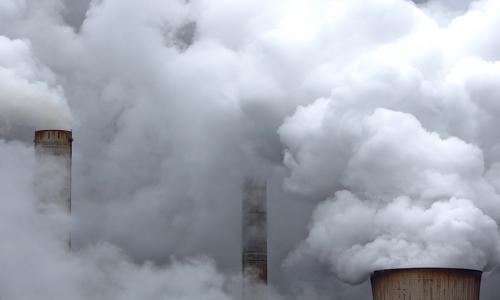The life cycle of nuclear power results in relatively little global warming pollution, but building a new fleet of plants could increase threats to public safety and national security.
Nuclear power is riskier than it should—and could—be. The United States has strong safety regulations on the books, but the Nuclear Regulatory Commission does not enforce them consistently.
Current security standards are inadequate to defend nuclear plants against terrorist attacks. A major accident or successful attack could kill thousands of people and contaminate large regions for thousands of years.
The NRC must require all new U.S. reactors to be significantly safer than ones currently in operation, otherwise safer reactors will not be economically competitive.
Of the new designs under consideration in the United States, only one—known as the European Power Reactor or EPR—appears to have the potential to be significantly safer and more secure against terrorist attack.
Minimizing the risks of nuclear power is simply pragmatic. Nothing would undermine public acceptance of a new generation of nuclear power plants as much as a serious accident, a terrorist strike on a reactor or spent fuel pool, or the detonation of a nuclear weapon made from stolen reactor materials.
The 74-page report assesses nuclear power's key problems and offers recommendations to strengthen nuclear plant safety, better protect facilities against sabotage and attack, ensure the safe disposal of nuclear waste, and minimize the risk that nuclear power will help more nations and terrorists acquire nuclear weapons. It also evaluates new reactor designs.



